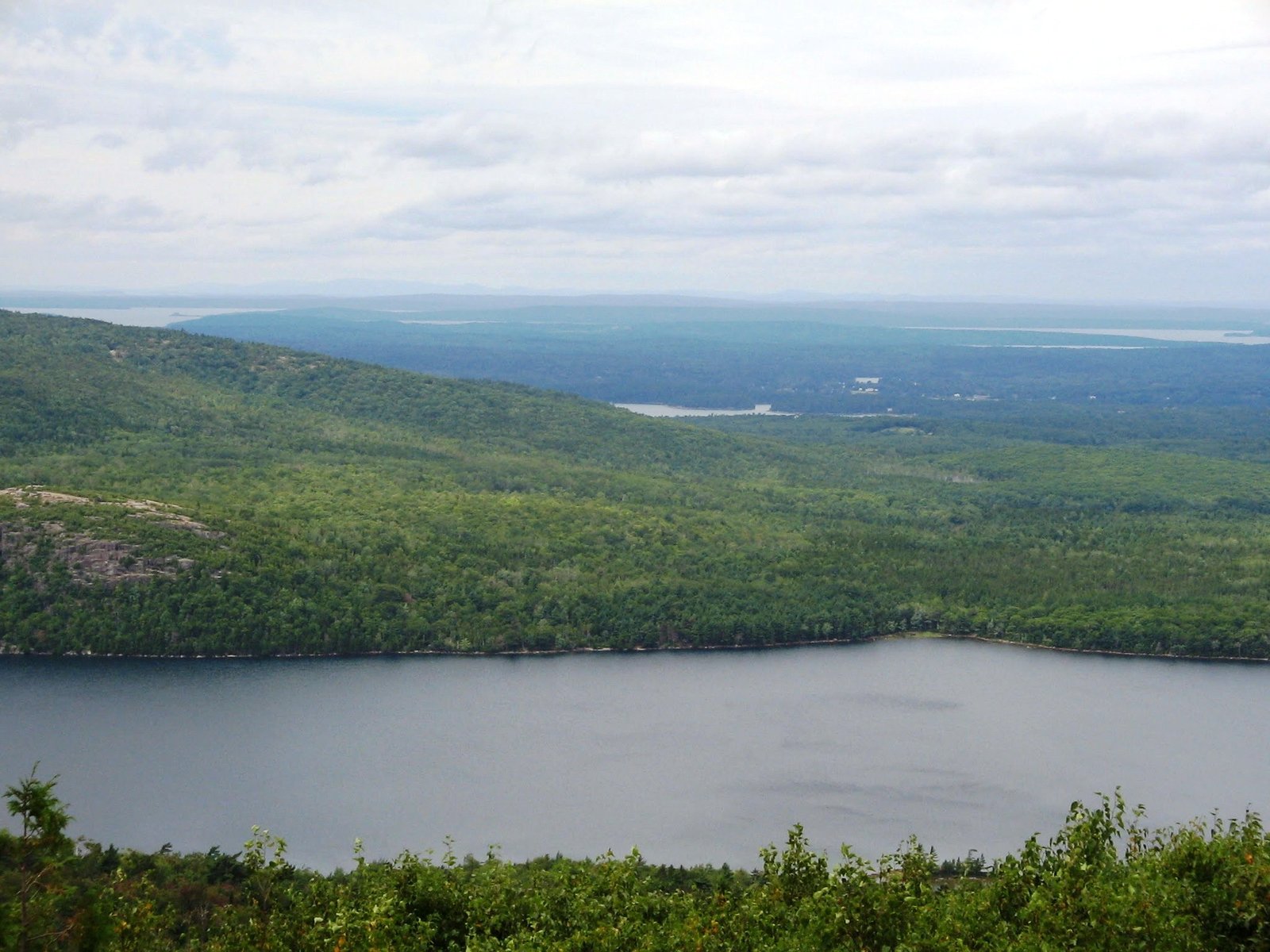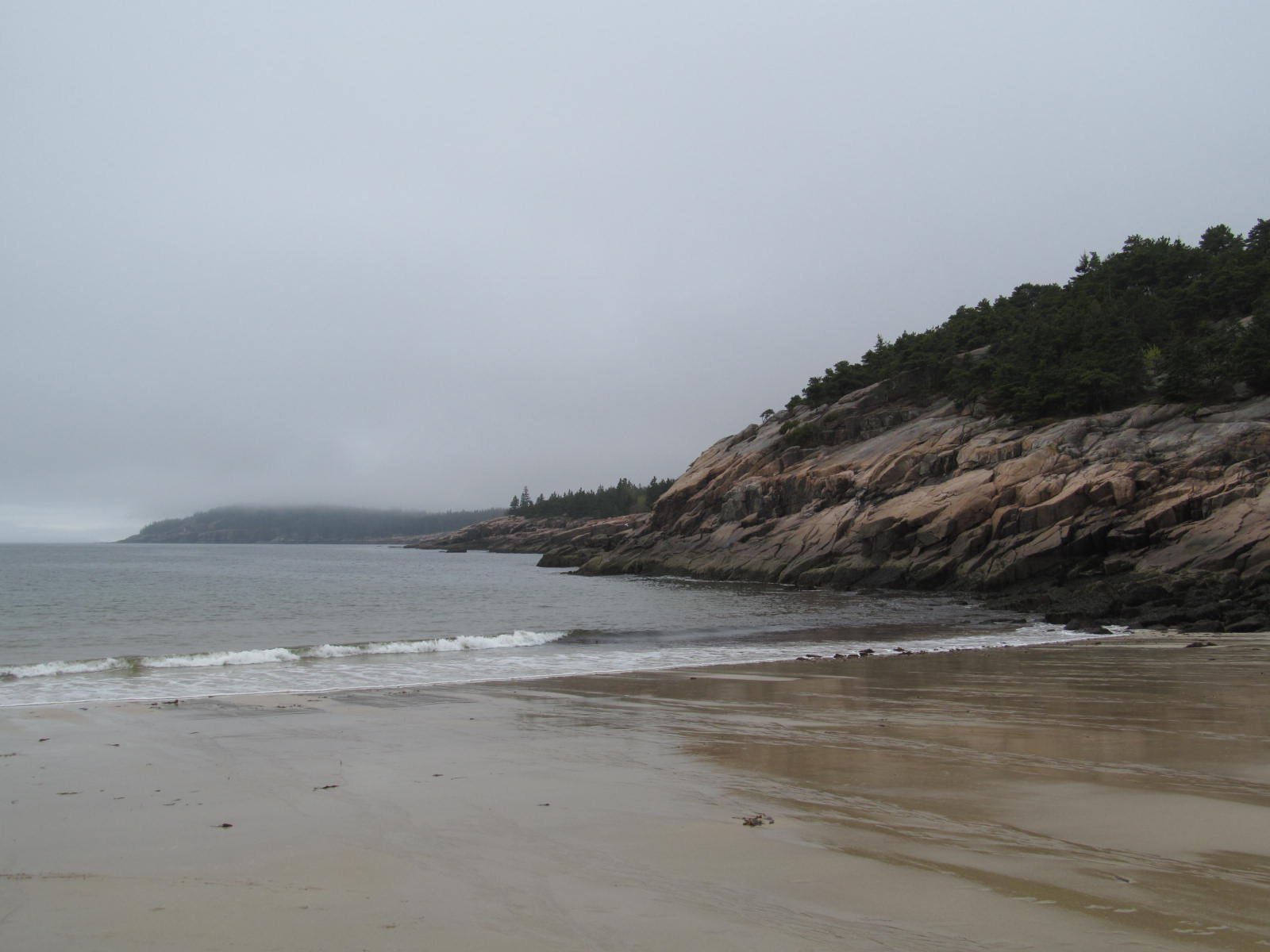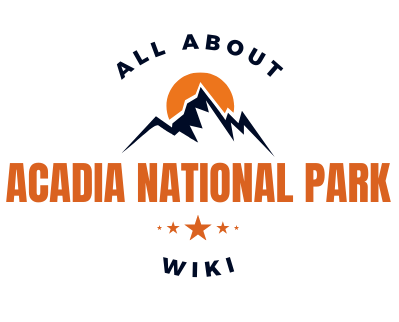Acadia National Park offers an unparalleled gravel biking experience with its historic carriage roads. These 45 miles of hard-packed gravel paths wind through stunning landscapes, providing cyclists with scenic views of mountains, lakes, and forests. The carriage roads, closed to motorized traffic, offer safe and enjoyable riding for all skill levels, making Acadia a premier destination for gravel biking enthusiasts.
What Are the Best Gravel Biking Routes in Acadia National Park?

Acadia National Park boasts several exceptional gravel biking routes, each offering unique experiences:
- Witch Hole Pond Loop
- Length: Approximately 4 miles
- Difficulty: Easy
-
Highlights: Perfect introductory ride, scenic pond views
-
Eagle Lake Loop
- Length: About 6 miles
- Difficulty: Moderate
-
Highlights: Gentle elevations, shaded paths, lake views
-
Jordan Pond Loop
- Length: Roughly 5 miles
- Difficulty: Moderate
-
Highlights: Scenic views of the Bubbles, Jordan Pond House stop
-
Tri Lakes Loop
- Length: Approximately 12 miles
- Difficulty: Moderate to challenging
-
Highlights: Eagle Lake, Bubble Pond, Jordan Pond, diverse terrain
-
Around the Mountain Loop
- Length: About 11 miles
- Difficulty: Challenging
- Highlights: Summit views, Rockefeller Bridges, waterfalls
Where Are the Best Starting Points for Gravel Biking in Acadia?

For the best gravel biking experience in Acadia National Park, consider these starting points:
- Hulls Cove Visitor Center
- Ample parking
- Restroom facilities
- Information kiosks
-
Easy access to multiple carriage road loops
-
Eagle Lake Parking Area
- Direct access to Eagle Lake Loop
-
Limited parking, arrive early
-
Jordan Pond House
- Parking available
- Restaurant and restrooms
- Starting point for Jordan Pond Loop and Tri Lakes Loop
What Amenities Are Available Along Acadia’s Gravel Biking Routes?
Acadia National Park provides various amenities for gravel bikers:
| Amenity | Location | Description |
|---|---|---|
| Restrooms | Hulls Cove Visitor Center, Jordan Pond House | Clean facilities available during operating hours |
| Food & Drink | Jordan Pond House | Restaurant and grab-and-go options |
| Picnic Areas | Bubble Pond, Jordan Pond | Scenic spots for breaks and snacks |
| Water Refill Stations | Various intersections | Limited availability, bring sufficient water |
How Should Gravel Bikers Navigate Acadia’s Carriage Roads?
Navigating Acadia’s carriage roads is straightforward with these tips:
- Use Official Maps: Obtain a carriage road map from the visitor center or park website.
- Follow Numbered Intersections: Carriage roads feature numbered signposts at intersections.
- Plan Your Route: Decide on your loop or destination before starting.
- Be Aware of Elevation Changes: Some routes have significant climbs.
What Are the Rules and Etiquette for Gravel Biking in Acadia?
When gravel biking in Acadia National Park, follow these rules and etiquette guidelines:
- Yield to pedestrians and horses
- Stay on designated carriage roads
- Ride single file when passing or being passed
- Use a bell or verbal warning when approaching others
- Carry out all trash
- Respect wildlife and natural surroundings
What Equipment Is Necessary for Gravel Biking in Acadia?
Essential equipment for gravel biking in Acadia includes:
- Gravel bike or mountain bike
- Helmet (required)
- Water bottles or hydration pack
- Basic repair kit (spare tube, tire levers, multi-tool)
- Weather-appropriate clothing
- Sunscreen and insect repellent
- Camera for capturing scenic views
When Is the Best Time for Gravel Biking in Acadia National Park?
The best time for gravel biking in Acadia depends on personal preferences:
- Spring (May-June): Less crowded, cooler temperatures, potential for muddy conditions
- Summer (July-August): Warm weather, peak season crowds, longer daylight hours
- Fall (September-October): Stunning foliage, cooler temperatures, fewer crowds
- Winter: Carriage roads open for fat biking when conditions permit
How Can Gravel Bikers Prepare for Weather Conditions in Acadia?
Acadia’s coastal location can lead to rapidly changing weather. Prepare by:
- Checking the forecast before your ride
- Dressing in layers for temperature fluctuations
- Bringing rain gear, even on sunny days
- Being prepared for fog, especially near water bodies
- Carrying extra food and water for unexpected delays
By following this guide, gravel biking enthusiasts can fully enjoy the unique experience of riding Acadia National Park’s historic carriage roads while respecting the park’s natural beauty and regulations.
References:
1. Bicycling – Acadia National Park (U.S. National Park Service)
2. Exploring Acadia National Park’s Carriage Roads by Bike – Deb Runs
3. Carriage Roads Bike Routes & Trails in Acadia National Park – Acadia eBike Adventure

